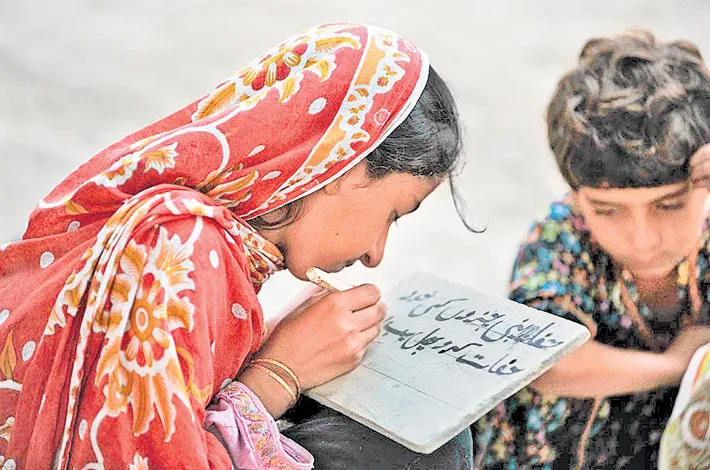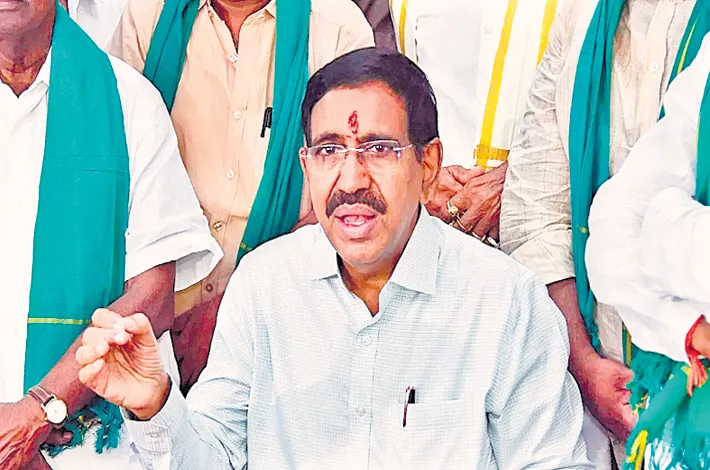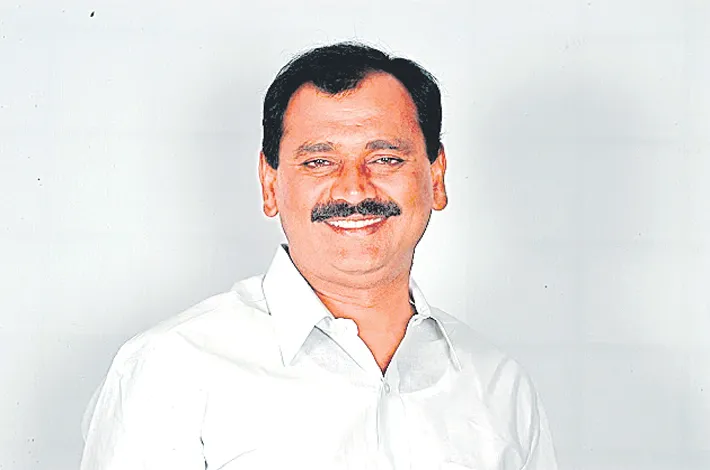Supreme Court rules in favour of Urdu
17-04-2025 12:00:00 AM

Dismissed a challenge to the use of Urdu on a municipal signboard in Patur, Akola district, Maharashtra
Justice Dhulia’s judgment emphasized that the inclusion of Urdu serves “effective communication” and aligns with the municipal council’s duty to cater to the linguistic needs of its community
metro india news I new delhi
In a landmark ruling on April 15, 2025, the Supreme Court of India reaffirmed the nation’s commitment to linguistic diversity by dismissing a challenge to the use of Urdu on a municipal signboard in Patur, Akola district, Maharashtra.
The decision, penned by Justice Sudhanshu Dhulia and supported by Justice K Vinod Chandran, rejected a petition contesting the Bombay High Court’s earlier judgment, which permitted the Municipal Council to display Urdu alongside Marathi on its new building’s signboard. This ruling underscores the judiciary’s role in fostering inclusivity and dismantling prejudices against languages like Urdu, which some erroneously perceive as alien to India.
The petitioner, a former member of the Patur Municipal Council, argued that the use of Urdu was impermissible under the Maharashtra Local Authorities (Official Languages) Act, 2022, insisting that only Marathi, the official language, should be used.
The Supreme Court, however, clarified that the 2022 Act does not prohibit the use of additional languages for purposes like signboards. Justice Dhulia’s judgment emphasized that the inclusion of Urdu serves “effective communication” and aligns with the municipal council’s duty to cater to the linguistic needs of its community.
“If people or a group of people residing within the area covered by the Municipal Council are familiar with Urdu, then there should not be any objection if Urdu is used in addition to the official language,” the Court noted. “Make friends with Urdu and every language,” said the Supreme Court and affirmed that Urdu, like Marathi and Hindi, is an Indo-Aryan language and is not alien to India as it was born and got flourished here.”
Justice Dhulia’s judgment argues that language should unite rather than divide. “Our misconceptions, perhaps even our prejudices against a language, have to be courageously and truthfully tested against the reality, which is this great diversity of our nation,” he wrote. The Court urged society to “make friends with Urdu and every language,” framing linguistic inclusivity as a national strength rather than a weakness.
The judgment also addresses deep-seated biases against Urdu, which some view as foreign due to its historical association with Persian and Arabic influences. The Court debunked this notion, asserting that Urdu is an Indo-Aryan language “born in this land” and integral to India’s cultural fabric.
It evolved as a medium for cross-cultural communication, flourishing over centuries through the contributions of poets, scholars, and ordinary people. The Court highlighted Urdu’s pervasive influence in everyday Hindi vocabulary, noting that words like adalat (court), halafnama (affidavit), and peshi (hearing) are staples in India’s legal lexicon, even in the English-dominated proceedings of the Supreme Court and High Courts. “One cannot have a day-to-day conversation in Hindi without using words of Urdu or words derived from Urdu,” the judgment observed, underscoring the seamless integration of Urdu into India’s linguistic landscape.
The Court’s remarks extend beyond Urdu to challenge the conflation of language with religion, a misunderstanding that often fuels linguistic disputes. “Language is not religion. Language does not even represent religion,” Justice Dhulia clarified. Instead, language embodies culture and community, serving as a “yardstick to measure the civilizational march” of a people.
Urdu, in particular, was celebrated as a “finest specimen of Ganga-Jamuni tahzeeb,” the syncretic cultural ethos of northern and central India that blends Hindu and Muslim traditions. By framing language as a tool for communication and cultural expression, the Court reaffirmed its primary purpose: to bridge divides, not create them.
The case’s procedural history reveals the persistence of linguistic chauvinism in some quarters. The petitioner initially approached the Municipal Council, which rejected her demand to remove Urdu from the signboard, citing its utility for the local community. She then escalated the matter under the Maharashtra Municipal Council, Nagar Panchayats and Industrial Township Act, 1965, securing a ruling that mandated exclusive use of Marathi in government proceedings.
This decision was overturned by the Divisional Commissioner in Amravati, prompting the petitioner to challenge it before the Bombay High Court. The High Court, in its nuanced ruling, held that while the 2022 Act mandates Marathi for official business, it does not bar additional languages on signboards. The Supreme Court upheld this interpretation, disposing of the petitioner’s special leave petition (SLP) and reinforcing the High Court’s reasoning.
The broader implications of this judgment resonate in a country as linguistically diverse as India, where 22 official languages and thousands of dialects coexist. By endorsing the use of Urdu in a Marathi-speaking region, the Supreme Court signals that local authorities must prioritize accessibility and inclusivity over rigid linguistic mandates. The ruling also challenges regional linguistic hegemonies that sometimes marginalize minority languages under the guise of promoting official ones.
Justice Dhulia opened the judgment with a quote from Mouloud Benzadi: “When you learn a language, you don’t just learn to speak and write a new language. You also learn to be open-minded, liberal, tolerant, kind, and considerate towards all mankind.” This sentiment encapsulates the Court’s vision of language as a bridge to mutual understanding. In a time when cultural and linguistic identities are often politicized, the Supreme Court’s decision is a clarion call for embracing diversity as a unifying force.
This ruling also aligns with other recent judicial efforts to protect minority rights and cultural diversity. For instance, a related case mentioned in the context involves a Lakshadweep MP challenging the Waqf Amendment Act, 2025, for allegedly violating the rights of Scheduled Tribe members practicing Islam. While distinct, such cases reflect the judiciary’s broader commitment to safeguarding India’s pluralistic ethos.








